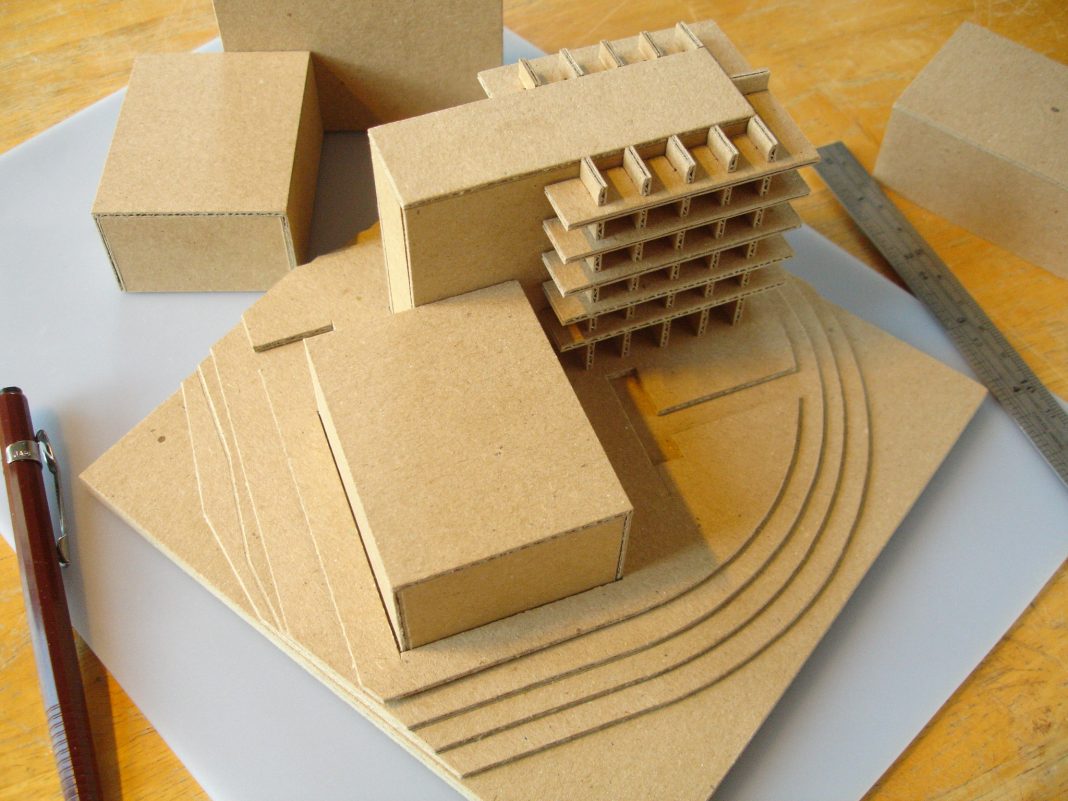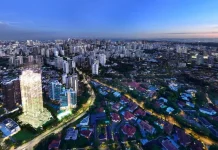Architectural model making in Berlin serves as a cornerstone of innovation within the city’s vibrant design industry. Beyond traditional uses, these models are creatively employed in diverse ways to enhance architectural visualization, urban planning, and cultural representation.
Enhancing Architectural Visualization
Conceptual Design Exploration
Architekturmodellbau Berlin play a crucial role in conceptual design exploration. They allow architects and designers to experiment with various spatial configurations, building forms, and material finishes in a tangible, three-dimensional format. This hands-on approach fosters creativity and facilitates informed decision-making early in the design process.
Client Presentations
Architectural models are powerful tools for client presentations in Berlin. They provide clients with a clear, realistic representation of proposed designs, helping to communicate design intentions effectively. Physical models allow clients to visualize spatial relationships, scale, and design details in a way that digital renderings or drawings may not fully capture.
Urban Planning and Development
Cityscape and Infrastructure Planning
In Berlin, architectural models are utilized in urban planning and development projects to visualize cityscapes, transportation networks, and public spaces. These models aid urban planners, policymakers, and developers in assessing the impact of proposed developments on the existing urban fabric and in engaging communities in the planning process.
Sustainable Urban Design
Architectural models also play a role in promoting sustainable urban design practices in Berlin. They illustrate how green spaces, renewable energy systems, and eco-friendly building materials can be integrated into urban environments. Sustainable models facilitate discussions on resilience, resource efficiency, and quality of life in future urban developments.
Cultural Representation and Education
Historical Reconstructions
Berlin’s architectural model makers engage in historical reconstructions to preserve and showcase the city’s architectural heritage. These models recreate historic buildings, landmarks, and cityscapes, providing valuable insights into Berlin’s cultural evolution and architectural diversity over time.
Educational Tools
Architectural models serve as educational tools in Berlin, offering students and the public opportunities to learn about architecture, urban planning, and design principles. Exhibitions featuring architectural models encourage dialogue on design innovation, cultural identity, and the built environment’s impact on society.
Innovation and Technological Integration
Digital Modeling and Virtual Reality (VR)
Innovative uses of architectural model making in Berlin include digital modeling and virtual reality (VR) integration. Digital models facilitate collaborative design processes and allow for real-time adjustments based on stakeholder feedback. VR technology enhances immersion and interactivity, enabling stakeholders to experience proposed designs in a dynamic, immersive environment.
Artistic Installations and Exhibitions
Beyond functional uses, architectural models are increasingly employed as artistic installations and exhibitions in Berlin. These creative interpretations of architectural concepts provoke thought, inspire creativity, and contribute to the cultural vibrancy of the city’s design scene.
Conclusion
In Berlin, the innovative uses of architectural models extend far beyond their traditional role as design tools. From enhancing architectural visualization and urban planning to preserving cultural heritage and inspiring artistic expression, architectural model making continues to push the boundaries of creativity, technology, and sustainable design practices in the city’s dynamic design industry.










